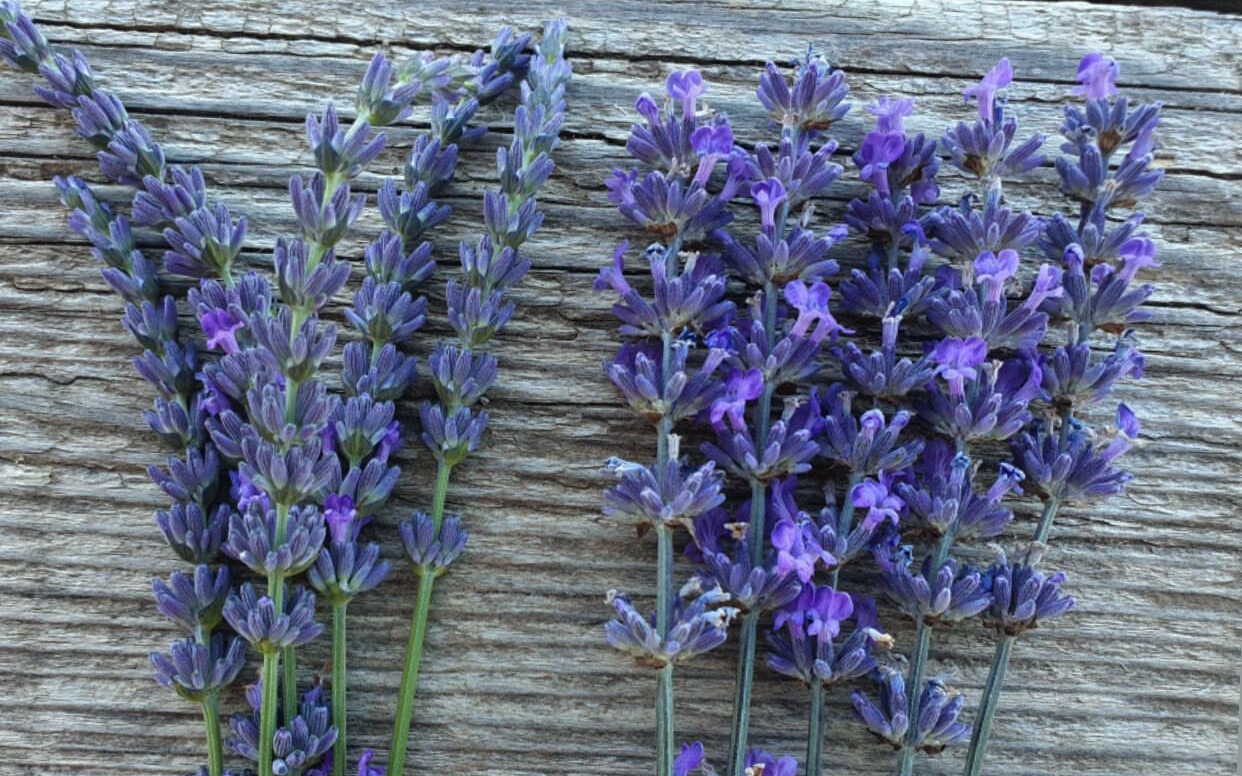
Understanding the difference between lavender and lavandin requires a deep dive into the history, cultivation and varied uses of these remarkable plants.
Lavender, a member of the Lamiaceae family, is represented by over 150 species in the French flora. For thousands of years, it has been used in personal care and perfumery. Trois espèces sont particulièrement notables pour leur usage en culture et en aromathérapie : la Lavande fine (ou vraie, officinale), la Lavande aspic, et le Lavandin.
The Fine Lavenderknown by its Latin names Lavandula angustifolia or Lavandula officinalis (the latter indicating its use in pharmacy), is renowned for its superior quality. Less productive but highly appreciated, its essential oil is used in aromatherapy for its calming, soothing and antiseptic properties. It is grown on the Plateau de Valensolewhere the altitude and mild, dry climate provide ideal growing conditions.
In contrast, Lavender aspic(Lavandula latifolia) is less well known to the general public, and its market is much smaller than that of Lavender angustifolia. Not grown on the Plateau de Valensole, it is also appreciated for its aromatherapy properties, notably its camphorated fragrance.
Between these two lavender varieties lies Lavandin(Lavandula latifolia hybrida), a natural hybrid between Lavender angustifolia and Lavender aspic. Lavandin dominates lavender cultivation, accounting for over 90% of plantings and almost 100% of lavender-based by-products. It is preferred for its productivity and lower cost, making its essential oil ideal for making soaps, detergents and other by-products.
Lavandin essential oil is often referred to as “lavender essence”. However, despite its dominance in production, fine lavender possesses unique qualities that make it highly prized, particularly in the form oflavender essential oil.
Ultimately, the difference between lavender and lavandin lies in their origin, production, use and aromatic and therapeutic properties. The choice between one or the other will depend on your specific needs and the intended use of these incredible plants. For more information on lavandin or lavender, please contact us or consult our detailed articles on these subjects.




Nous utilisons des cookies pour améliorer votre expérience de navigation, diffuser des publicités ou des contenus personnalisés et analyser notre trafic. En cliquant sur « Tout accepter », vous consentez à notre utilisation des cookies.
Our main activity is the growing of lavender and lavandin, a family history with us for four generations. For years we have been pioneers in organic farming and recognised for the high quality of our work.
It was during a family meal in 2015 that the idea of distributing our products directly came to us. Until then, we had been selling our produce to wholesalers or agricultural cooperatives.
So it was on this impetus that myself, Samuel (22) and my partner Emma (20) decided to devote ourselves to this crop full-time, leaving the production side to my father so that everyone had all the space they needed to best develop their part of the business.
Our main activity is the growing of lavender and lavandin, a family history with us for four generations. For years we have been pioneers in organic farming and recognised for the high quality of our work.
It was during a family meal in 2015 that the idea of distributing our products directly came to us. Until then, we had been selling our produce to wholesalers or agricultural cooperatives.
So it was on this impetus that myself, Samuel (22) and my partner Emma (20) decided to devote ourselves to this crop full-time, leaving the production side to my father so that everyone had all the space they needed to best develop their part of the business.